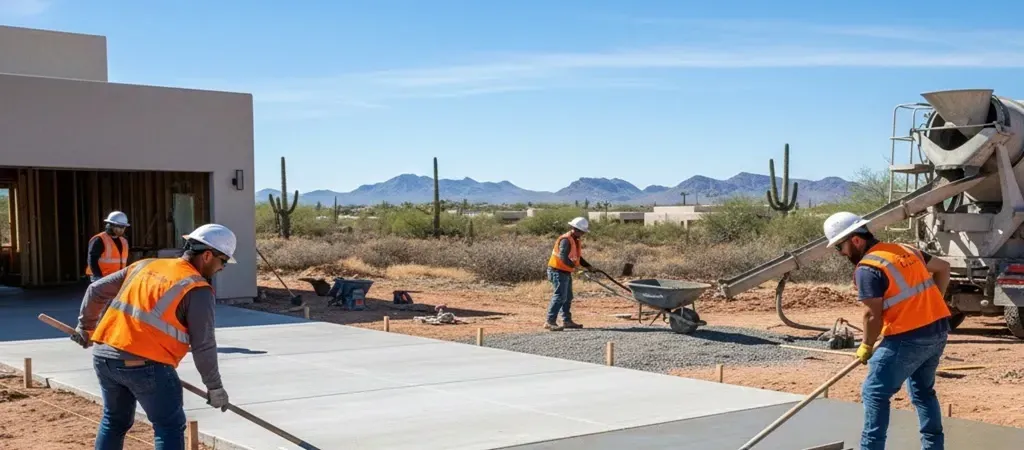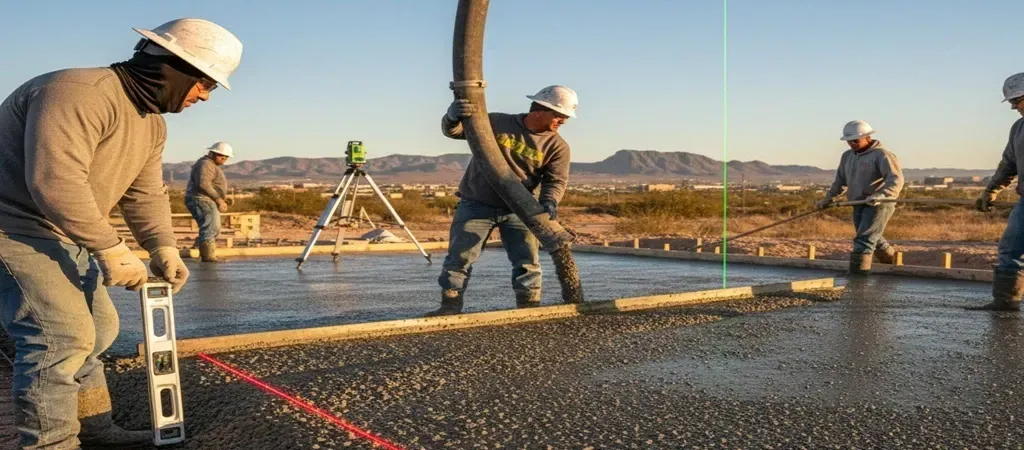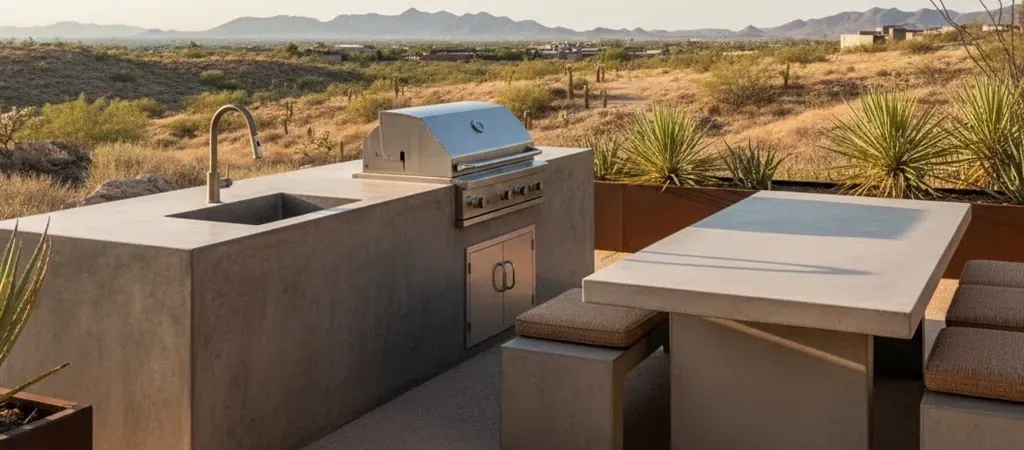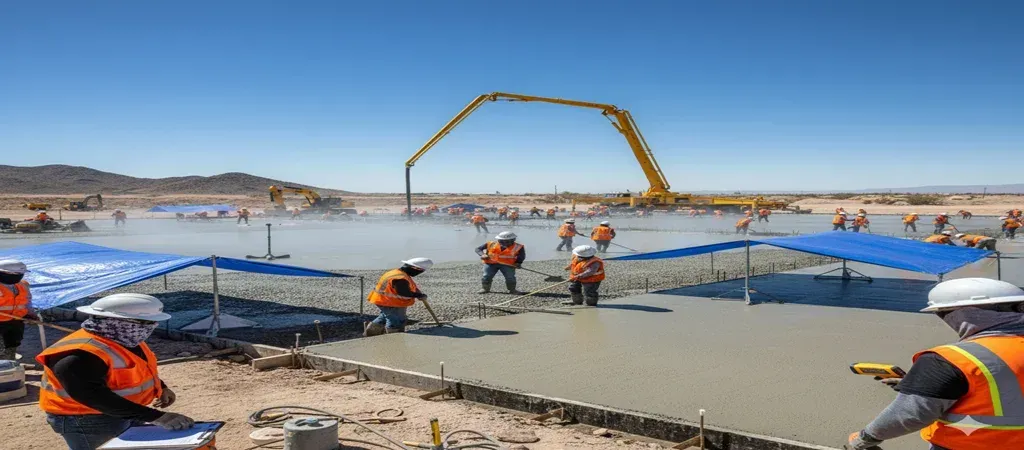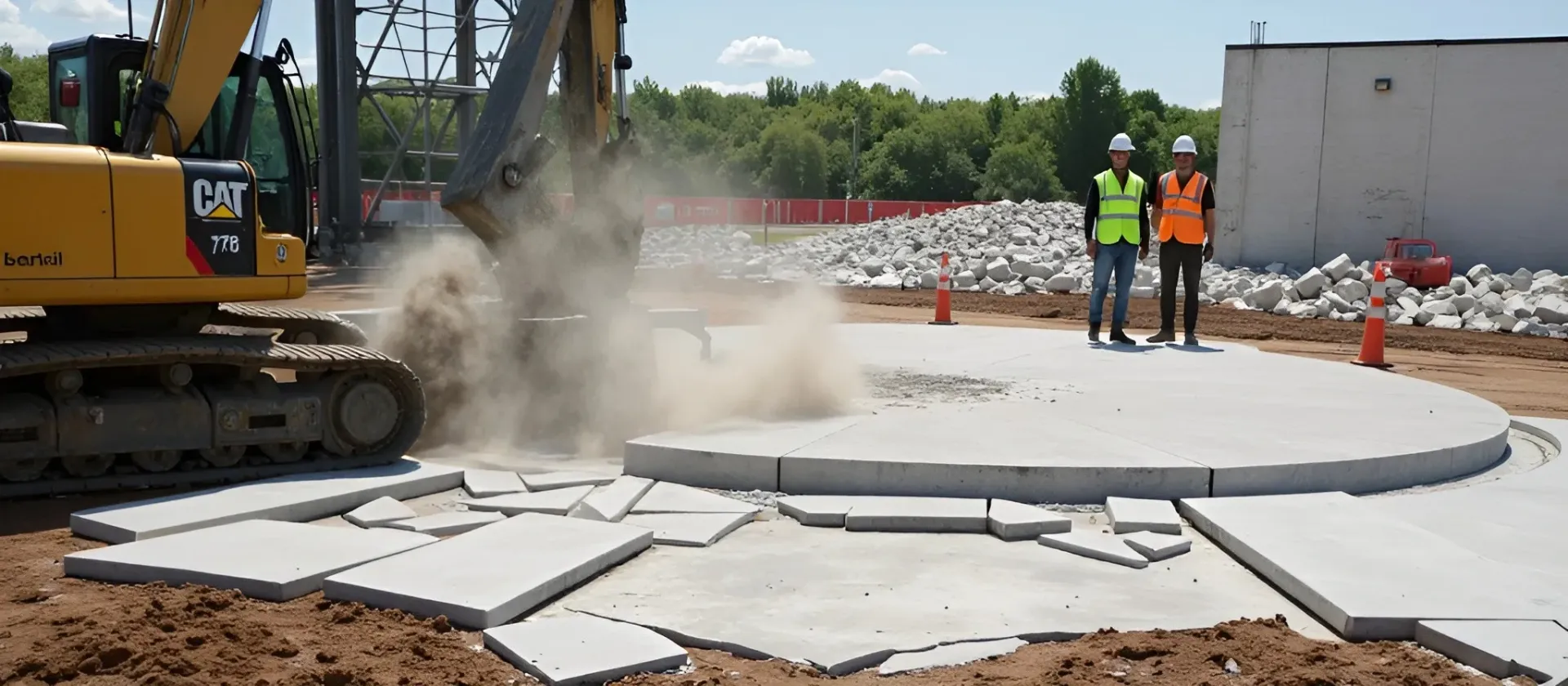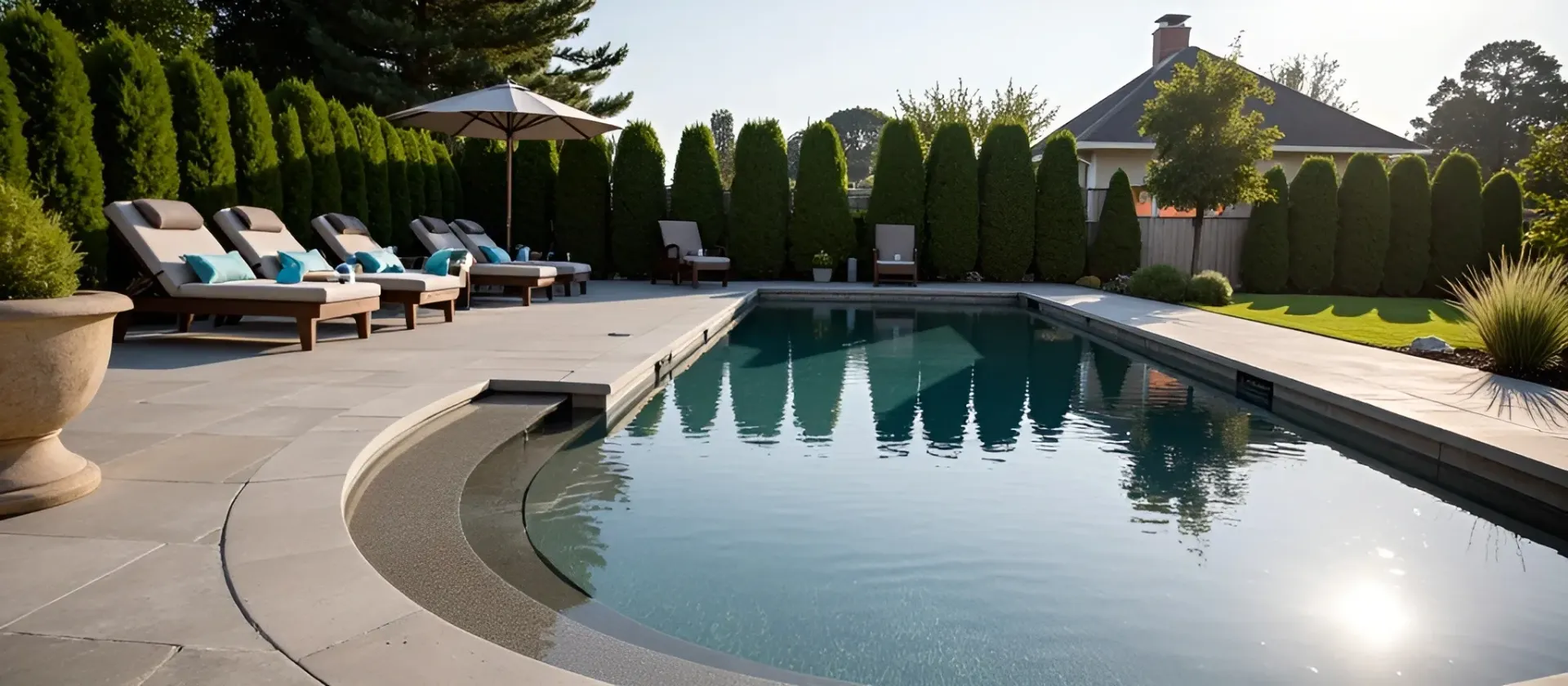Distinguishing the Best from the Rest: Concrete Contractor El Paso TX
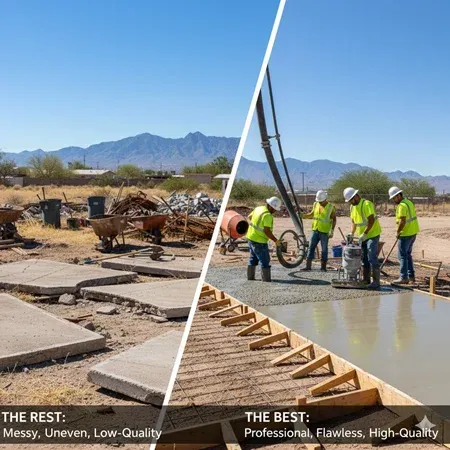
Concrete has become the dominant material in the construction industry, popular for its strength, versatility, and durability. Finding a specialized concrete contractor in El Paso, Texas, has never been easier, thanks to its widespread use in construction. However, with the multitude of options available, it's essential to consider key factors in distinguishing what it takes to be the best contractor for your project.
Experience and Expertise
Years of Experience - Extensive experience hones the skills of a competent professional. Therefore, a contractor with a successful track record in completing projects similar to yours ensures a smooth and efficient undertaking.
Portfolio - When considering a contractor in El Paso, assessing their experience and expertise is essential. One way to do this is by reviewing their portfolio or photo collections of previous projects. Look at it like gaining undeniable proof of the quality of their work and getting a sneak peek into their skills.
Reputation and Reviews
Examining concrete projects in your neighborhood that are similar to what you have in mind can also serve as a portfolio. Online reviews, personal speaking to homeowners who have had similar work done, and asking for recommendations can also help gauge a company's reputation and proficiency.
Referrals - A contractor with numerous referrals instills confidence, as it demonstrates a consistent track record of delivering high-quality work. This kind of reputation and experience is invaluable when choosing the right contractor for your project.
Licensing and Insurance
In your search for a
reputable El Paso contractor, be sure to verify their certification. While being licensed is not the sole measure of their expertise, it indicates their knowledge and specific training for the specialized job.
Proper Licensing - There are some permits needed in specific project works that can only be acquired with a license. A licensed contractor not only means they have studied and passed the standard adherence to their field of expertise but it also serves as a protection for both parties under the law.
Insurance Coverage - Assured protection is always preferred when working in builds as it guarantees the coverage of safety in the case of any liabilities.
Detailed Estimates and Contracts
Transparent Pricing - Integrity and honesty are vital in forming the best connections between client and contractor. Being transparent about costs and ensuring there are no hidden fees in the breakdown builds trust and allows the client to be more open about working around the budget.
Clear terms of Contract - a clear contract is one of the best elements to look for in a good concrete contractor. This ensures both the client and contractor understand the scope, expectations, and responsibilities of the project and have come to an agreement on it.
Quality of Materials and Techniques
An experienced and distinguished concrete contractor would have built connections with suppliers where high-quality resources and workforces are accessible to them. This allows your concrete project the assurance of a quality build.
With years of working in the specialized field comes the practice of the best techniques that deliver the most systematic process in the build, ensuring a smooth workflow on your project and more experience in handling issues that may arise during construction.
Communication and Professionalism
Communication is key, and one of the best characteristics of a good contractor is their ability to effectively align the requirements of the client to their preferences and up to their budget without compromising the quality of the results.
When it comes to delivering quality work, creating a strong foundation for client’s trust, and establishing a strong reputation, professionalism is the foremost element to look out for in a concrete contractor. This includes punctuality, reliability, honesty, and clear communication, just a few traits that every great concrete contractor must have.
Warranty
Oftentimes, a concrete contractor will offer a warranty and this may end up being the deciding factor in choosing a concrete contractor that best fits you. When a concrete contractor provides a warranty for their build, this gives the client the peace of mind that if any issues arise within the timeframe of the warranty, they can be handled and fixed with no added charges.
Including a warrant not only assures the client of any issues in the future but also enables the contractor and his team to be more determined to create a high-quality build. This will give them the confidence in their construction as to not be worried about any potential mistakes that need to be handled within time.
Overall, when choosing a local concrete contractor from El Paso, Texas, consider the key factors listed above to help distinguish the best company that stands out to ensure the team of experts you have selected for your build will be able to guarantee a high-quality, durable and professionally constructed concrete project that aligns with your requirements, preferences and budget.
Contact us to learn more.
